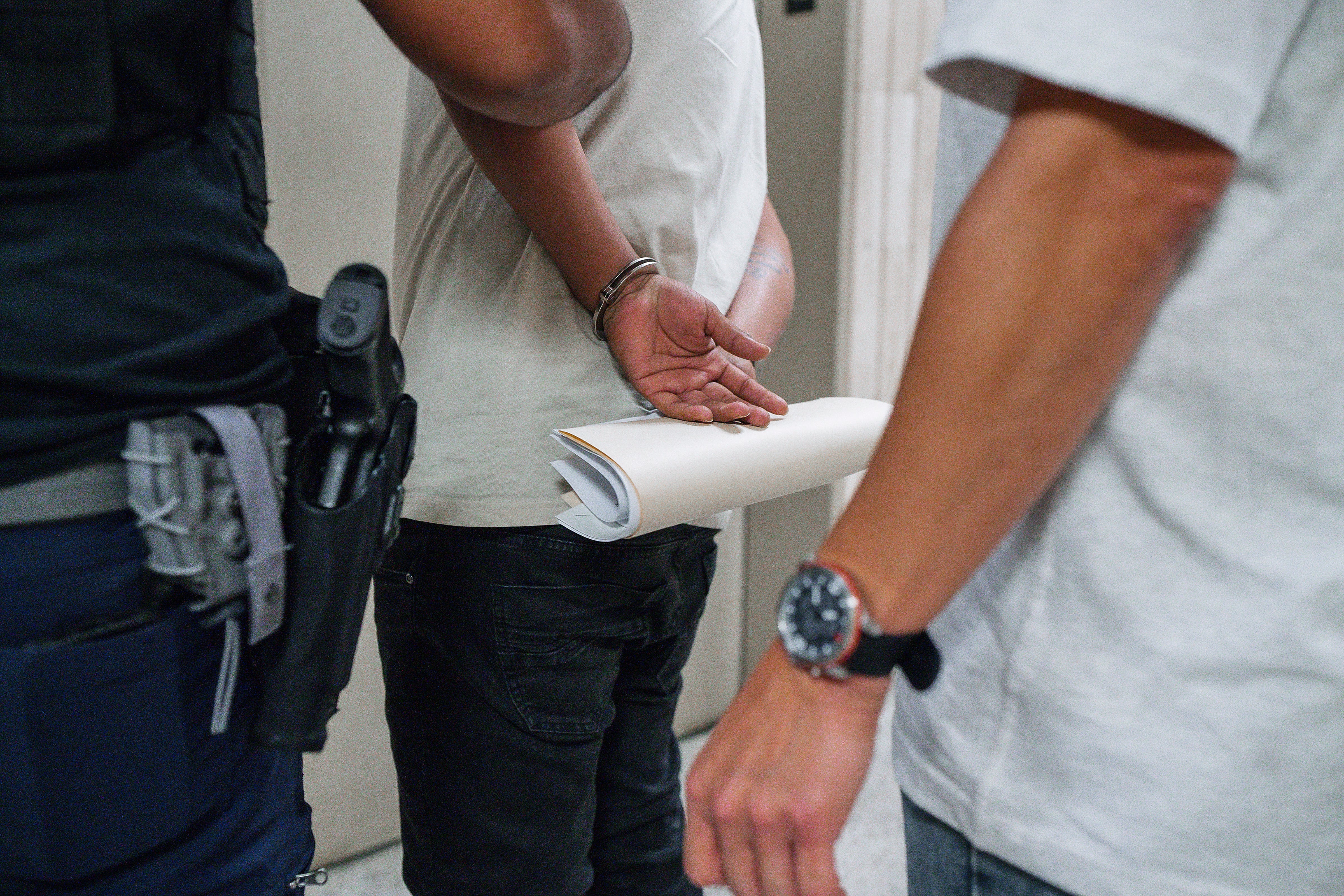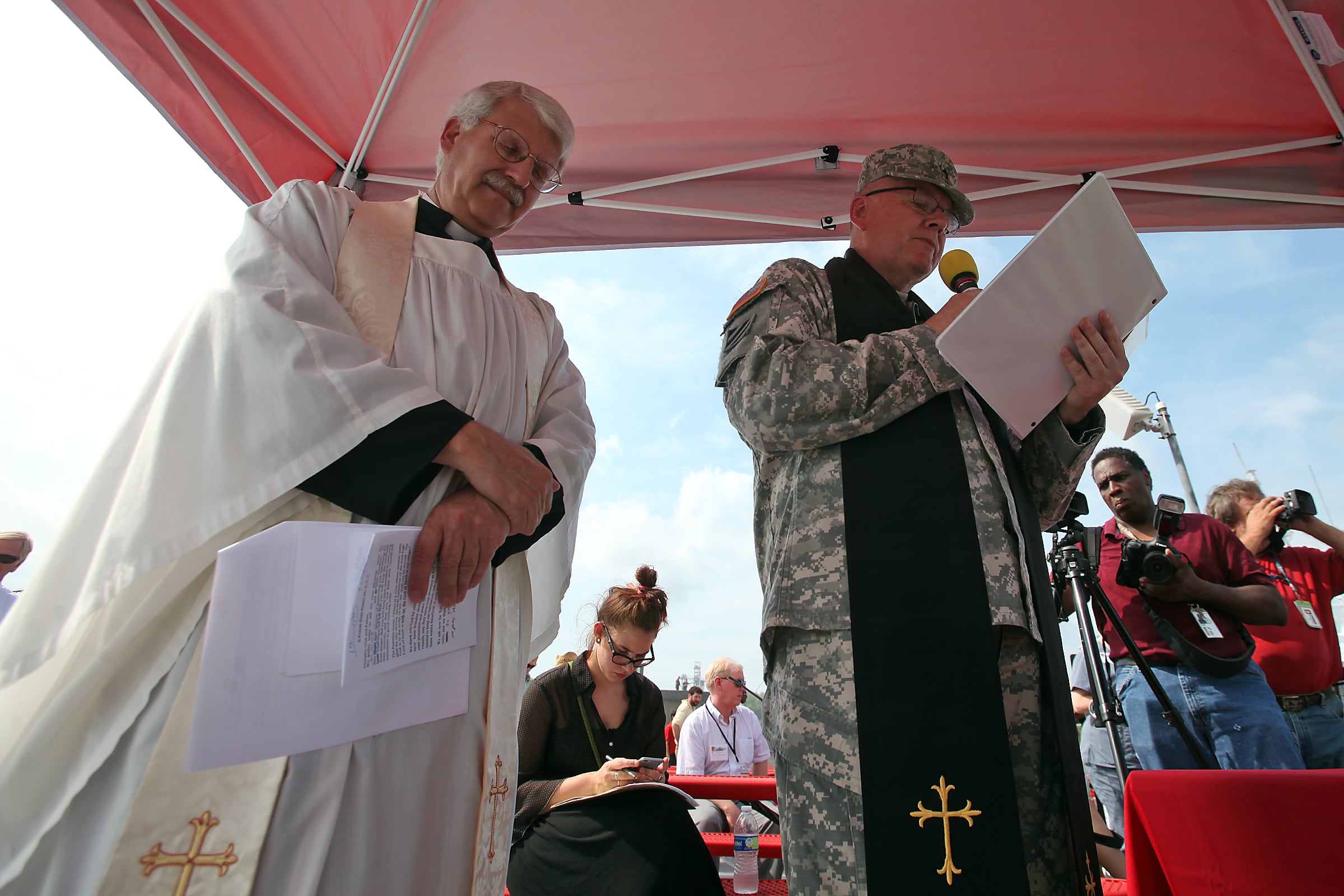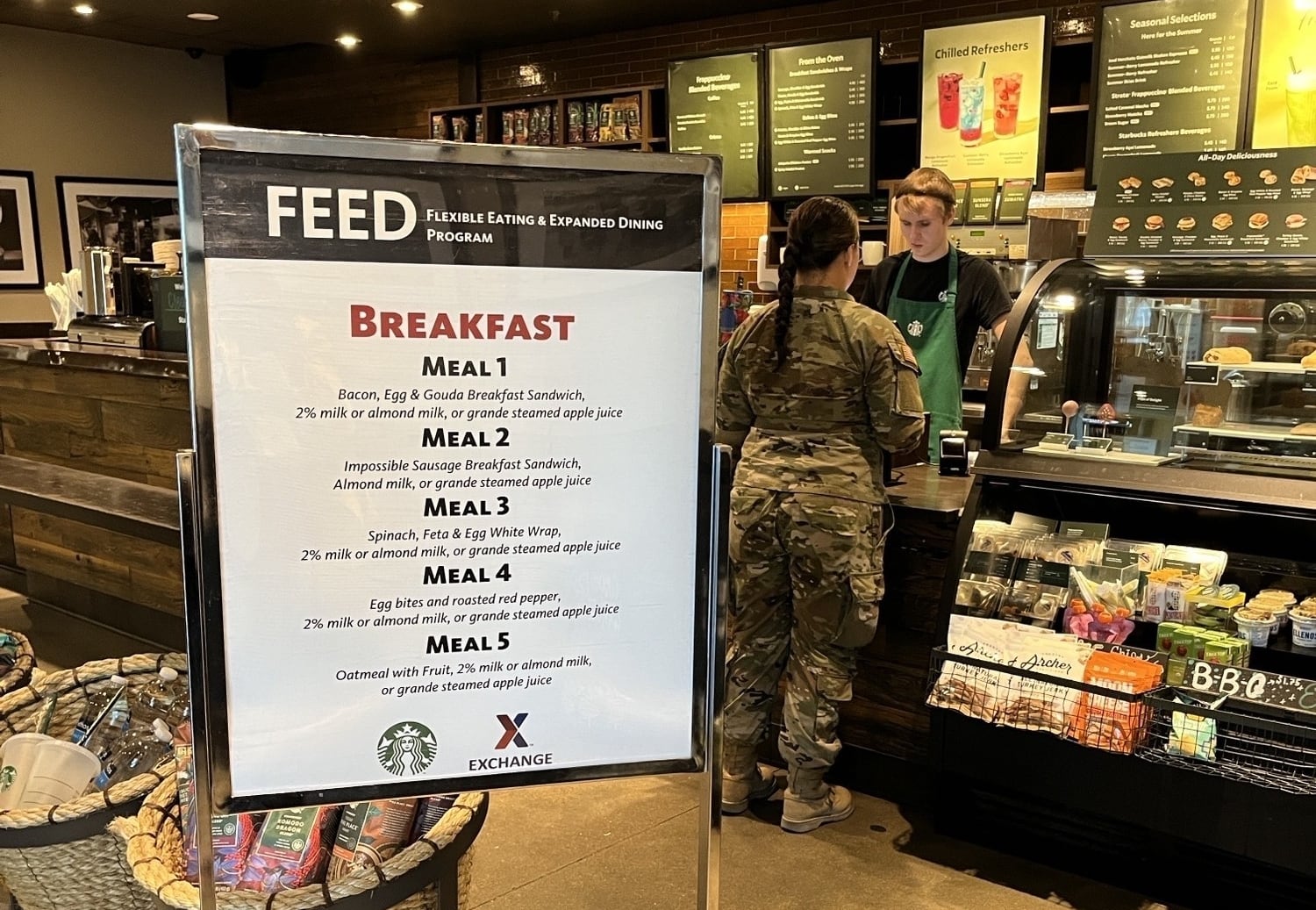The Navy is preparing to deploy a West Coast carrier group in the coming months, while back on the East Coast, the stand-by carrier is staying loose in the bullpen just in case.
The West Coast's carrier Nimitz is wrapping up its final preparations for a summer deployment, Navy officials say, while the Virginia-based carrier Eisenhower, recently back from deployment, is completing a new training exercises to keep sharp.
The Everett, Washington,-based Nimitz has been working up since September after two years in the shipyards.
Deploying with Nimitz will be the destroyers Shoup, Kidd, Pinkney, and Howard, as well as the cruiser Princeton. Nimitz will be ferrying Carrier Air Wing 11 to the Middle East, which includes Strike Fighter Squadron 147, VFA 154, VFA 146, and Marine Fighter Attack Squadron 323.
The wing also includes Electronic Attack Squadron 142, Carrier Airborne Early Warning Squadron 121, Helicopter Sea Combat Squadron 8, Helicopter Maritime Strike Squadron 75 and Fleet Logistics Support Squadron 30.
Off the East Coast, the Eisenhower Carrier Strike Group is going through a new set of training exercises ginned up by Fleet Forces Command called a sustainment exercise. The Ike is the ready carrier in case of a world crisis that requires the Navy to surge, and the exercise known as a "SUSTEX" is designed to keep sailors' skills sharp in case they are called upon.
The exercise is part of the Navy's optimized fleet response plan, which the Navy is trying to implement in a bid to make deployments shorter and more predictable after years of eight and even 10-month deployments and quick turnarounds. The grind, triggered by increased demand for the Navy's forces and budget cuts, took a toll on the Navy's readiness by creating maintenance backlogs, a hole the fleet is trying to dig out of with varying degrees of success.
"Ike CSG is doing a great job on SUSTEX. Sustaining the readiness of this strike group so it is ready to respond to a crisis anywhere on the planet is a bargain and an important part of what our Navy's Optimized Fleet Response Plan does for the nation," said Fleet boss Adm. Phil Davidson, in a press release.
The idea underlying the SUSTEX is to prevent a precipitous drop in readiness that most ships suffer after deployment, as sailors scram to new commands or are moved to fill critical billets on deploying units and ships head to the shipyards for maintenance.
"Since returning in December 2016 from our combat deployment to the Arabian Gulf, Red Sea and eastern Mediterranean, our tasking has been to remain deployment-ready in all respects," strike group commander Rear Adm. Jim Malloy said in the release.
"The Navy has invested and focused its limited resources to keep us fully manned, trained and equipped in case we are needed for a crisis."
Joining Ike is the destroyer Mason and the cruiser San Jacinto, as well aircraft from Carrier Air Wing 3, VFA-32, VFA-86, VFA-105, VFA-131, VAQ-130, VAW-123, VRC-40, HSM-74 and HSC-7.
David B. Larter was the naval warfare reporter for Defense News.





